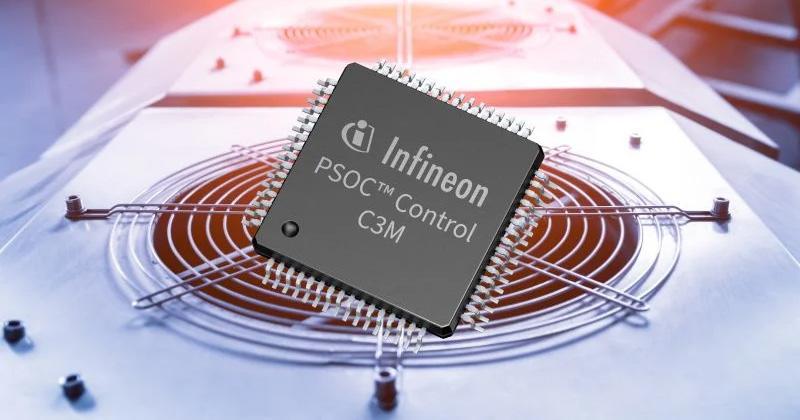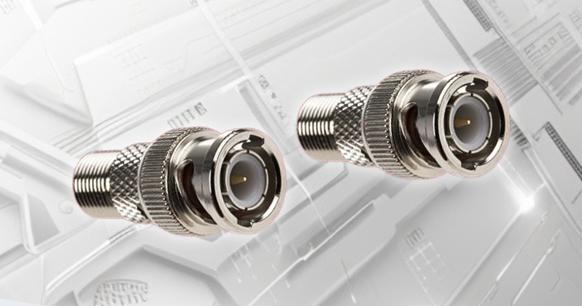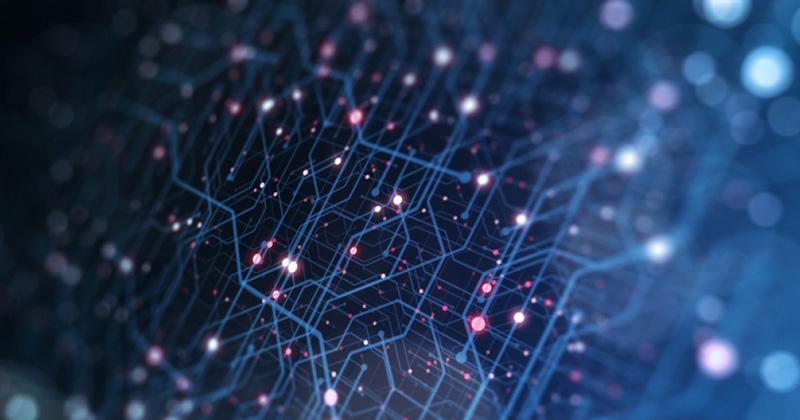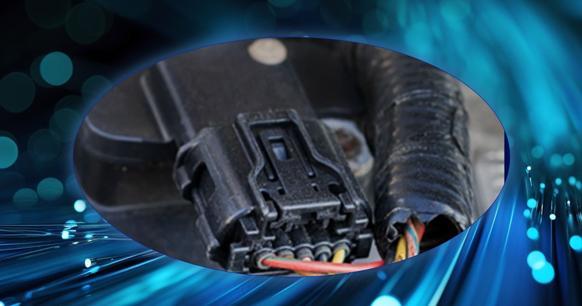
Exploring the Evolution of Transistor Technology: From Intel 8086 to i9 13th Generation
Transistors are the fundamental components that regulate the operation of computers, mobile phones, and all other modern electronic circuits. Transistors are used to build computer chips and are the basic unit of the CPU. Transistors can be packaged in a variety of ways, including independently or in small areas. Transistors contain a huge number of integrated circuits that can accommodate up to 100 million transistors.
Catching a Single Transistor
Abstract
The transistor in electronic components is a semiconductor device which is often used in amplifiers or electronically controlled switches. Transistors are the fundamental components that regulate the operation of computers, mobile phones, and all other modern electronic circuits. Concurrently, the transistor represents the fundamental unit of the CPU. Transistors can be packaged independently or in a small area. Transistors contain a huge number of integrated circuits that can accommodate up to 100 million transistors. The CPU primarily comprises a logic operation unit, a control unit, and a storage unit. This article will provide an in-depth analysis of the number of transistors in a CPU and its operational principles.
Catalog
I. Introduction to Transistor
II. Number of CPU Transistors in Previous Generations
III. Why are CPUs with More Transistors Stronger?
IV. How does the CPU work?
I. Introduction to Transistor
A transistor is a single component based on semiconductor materials. It can be a diode, triode, field-effect transistor, thyristor, or any other similar device. It should be noted that transistors are sometimes referred to as triodes. Transistors are primarily classified into two categories: bipolar transistors (BJT) and field-effect transistors (FET). The transistor has three poles. The three poles of the bipolar transistor are composed of N-type and P-type emitters, bases, and collectors. The three poles of the field-effect transistor are the source, gate, and drain.
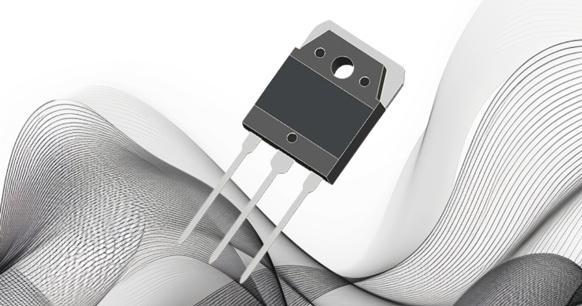
triode
The transistor's fast response and high accuracy make it an ideal choice for a range of digital and analog functions, including amplification, switching, voltage regulation, signal modulation, and oscillator. Transistors can be packaged individually or in a very small area.
In December 1947, a research team comprising Shockley, Badin, and Bratton of Bell Labs in the United States successfully developed a point-contact germanium transistor. The introduction of the transistor represents a significant innovation in the 20th century. Following the advent of transistors, it became possible to utilise a compact, low-power electronic device in place of the bulky, power-consuming tube. The invention of the transistor marked the beginning of the integrated circuit era. In the first decade of the 20th century, semiconductor materials were utilized in communication systems. In the first half of the 20th century, the ore radio, which was widely popular among radio enthusiasts, used ore as a semiconductor material for detection. Furthermore, the electrical characteristics of semiconductors have been employed in telephone systems.
II. Number of CPU Transistors in Previous Generations
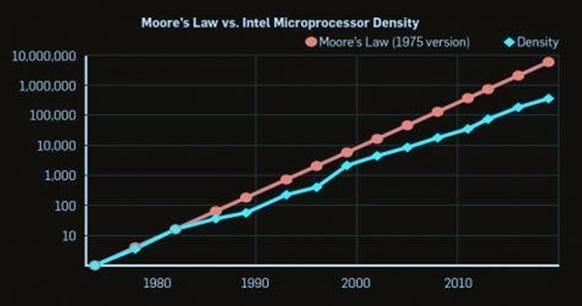
Moore's Law vs. Intel Microprocessor Density
Moore's Law was proposed by Gordon Moore, one of the founders of Intel. As the price remains unchanged, the number of components that can be accommodated on the integrated circuit will double approximately every 18 to 24 months, and the performance will double as well. In other words, the performance of a computer that can be purchased for every dollar will more than double every 18-24 months. This law demonstrates the rapid pace of technological advancement in information technology. Although this trend has continued for more than half a century, it is important to note that Moore's Law should still be considered an observation or speculation, rather than a physical or natural law.
(1) February 1999: Intel released the Pentium III processor. The Pentium III is a 1 x 1 square silicon chip with 9.5 million transistors, manufactured using Intel's 0.25-micron process technology.
(2) In 2000, the Pentium 4 Willamette was released. Its production process is 180nm, and it has 42 million CPU transistors.
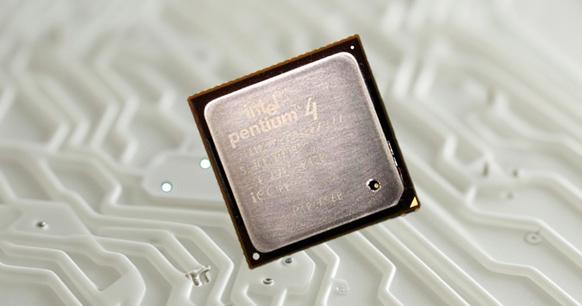
Intel Pentium 4
(3) January 2002: The Intel Pentium 4 processor is launched, enabling high-performance desktop computers to achieve 2.2 billion cycles per second. The product is manufactured using Intel's 0.13-micron process technology and contains 55 million transistors.
(4) March 12, 2003: The Intel Centrino mobile technology platform was initially developed for use in notebook computers, including Intel's latest mobile processor, the Pentium M processor. The processor is based on a new mobile-optimized micro-architecture produced using Intel's 0.13-micron process technology. The device contains 77 million transistors.
(5) May 26, 2005: Intel's inaugural dual-core processor, the Intel Pentium D, boasts 229,999,999 transistors and is manufactured using Intel's cutting-edge 90 nm process technology.
(6) July 27, 2006: The Intel Core 2 dual-core processor was launched. The processor contains more than 290 million transistors and is manufactured using Intel's 65-nanometer process technology. It is manufactured in several of the world's most advanced laboratories.
(7) January 8, 2007: To expand sales of quad-core PCs to mainstream buyers, Intel released the Intel Core 2 quad-core processor and two other quad-core server processors for desktop computers with a processing power of 65 nanometers. The Intel Core 2 Quad-Core Processor contains more than 580 million transistors.
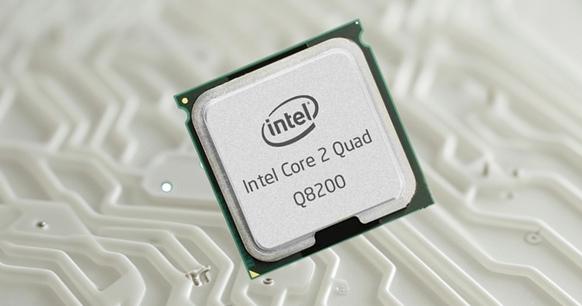
Intel Core 2 Quad-Core Processor
(8) The Core i7 980X was launched in 2010, with a production process of 32 nm and a total of 11,699,999,999 transistors.
(9) The Core i7 4960X, launched in 2013, has a manufacturing process of 22 nm and a transistor count of 1.86 billion.
Here, as we look at the evolution of Intel processors, from the 8086 with its Intel 8086 transistor count to the latest i9 13th generation, it's clear that the reduction in chip sizes has allowed for an exponential increase in transistors used to build computer chips and the capacity for transistors to contain a vast number of integrated circuits. This progression not only reflects the technological advancements in semiconductor manufacturing but also the increasing computational power packed into each new generation of processors.
(10) The latest i9 13th generation processor takes this even further, with an unprecedented number of transistors and a continued decrease in transistor size, showcasing the bleeding edge of CPU design and manufacturing.
III. Why are CPUs with more transistors stronger?
The CPU is comparable to a large factory for storing switches. Each transistor is a switch, with a value of either 0 or 1. The greater the number of transistors, the greater the number of switches. When confronted with the same issue, the more solutions considered, the more complex the solution.
The chip count in modern CPUs, such as the i9 13th generation, has reached staggering numbers, showcasing how many transistors are in a computer and demonstrating the power that comes with a high density of motherboard transistor. This increase in transistor density allows for more complex and efficient circuit designs within the same physical space, leading to enhanced processing capabilities and performance that were unimaginable just a few decades ago.
Consequently, the greater the number of transistors in a CPU, the greater the number of branches through which current flows in a given time period. From a macro perspective, the greater the data processing capacity of the CPU, the faster the machine.
The CPU is comprised of three main units: a logic operation unit, a control unit, and a storage unit. The logic operation and control units include some registers. These registers are utilized for the temporary storage of data during the processing of data by the CPU.
CPU manufacturing is a highly precise process that must be completed using machinery. The transistors will be cut from the wafer and printed on the CPU base using machinery. Each printed base will be subject to rigorous quality control procedures to ensure that only defect-free products are released for sale. Finally, we will add the shell interface to create our common processor product.
IV. How does the CPU work?
As is well known, the CPU is the "heart" of the computer and the core of the entire microcomputer system. Consequently, the term is often used in conjunction with various grades of microcomputers, including 286, 386, 486, Pentium, PII, K6, and the latest PIII, P4, K7, and so on.
A review of the evolution of CPU technology reveals that manufacturing technology has undergone significant advances. This is reflected in the integration of an increasing number of electronic components, where the smallest transistor size has become a critical factor in chip design. From the initial integration of thousands of transistors to the current millions and tens of millions of transistors, the shrinking transistor size on a pc chip has provided substantial performance enhancements and power efficiency.
The CPU's internal structure, based on a full adder and control logic, is a testament to the complexity that arises from the how many transistors in a computer. Each of these transistors, acting as tiny switches, contributes to the CPU's ability to execute a myriad of operations. The transistors are used to build computer chips that contain a vast number of integrated circuits, which has transformed the capabilities of processors like the i9 13th generation, boasting an impressive chip count. How do they process data?
1. The Original Working Model of the CPU
Prior to discussing the operational methodology of the CPU, it is essential to provide a brief overview of the manufacturing process. The CPU is manufactured using pure silicon material. A CPU chip contains millions of intricate transistors. Chemical methods are employed to etch or photoetch transistors on a silicon wafer. Consequently, the CPU is comprised of transistors. In essence, transistors are miniature electronic switches. They are the foundation upon which a CPU is constructed. A transistor can be thought of as a light switch. Each transistor has an operating bit that represents two states: The two states are ON and OFF. This on and off state is equivalent to the connection and disconnection of the transistor. These two states correspond to the basic states "0" and "1" in binary. This enables the computer to process information. It is important to note that the principle of the simple two-state transistors, which represent the binary values of "0" and "1," is not as straightforward as it may seem. It is important to note that the development of these devices has been the result of years of dedicated research by scientists. Prior to the advent of transistors, computers were reliant on vacuum tubes and mechanical switches, which were both slow and inefficient. Subsequently, scientists integrated two crystals into a silicon crystal, thereby creating the first integrated circuit.
Upon reflection, you may be curious about how transistors utilize the two electronic signals, "0" and "1," to execute instructions and process data. It is important to note that all electronic devices have their own circuits and switches. The flow or disconnection of electrons in the circuit is entirely under the control of the switch. If the switch is set to the OFF position, the flow of electrons will cease. If the switch is set to ON, the flow of electrons will continue. The transistor's switching between ON and OFF is solely controlled by electronic signals, which makes it a binary device. In this manner, the ON state of the transistor is represented by "1," and the OFF state is represented by "0," which can be used to form the simplest binary number. The specific sequence and arrangement of numerous "1"s and "0"s generated by a multitude of transistors can represent diverse scenarios, which are defined as letters, numbers, colors, and graphics. For example, the decimal digit "1" is also "1" in binary mode, the decimal digit "2" is "10" in binary mode, the decimal digit "3" is "11," the decimal digit "4" is "100," the decimal digit "5" is "101," and the decimal digit "6" is "110." These constitute the binary language and data used in computer work. Groups of transistors can be combined to store numerical values, as well as to perform logical and digital operations.
2. The Internal Structure of the CPU
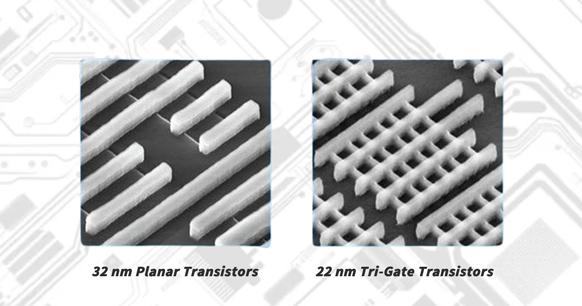
transistors in CPU
Now we already know roughly what the CPU is responsible for, but which components are responsible for processing data and executing programs?
1) ALU (Arithmetic Logic Unit)
ALU is the core of the arithmetic unit. It is based on a full adder, supplemented by a circuit composed of a shift register and corresponding control logic. Under the action of the control signal, it can complete four operations of addition, subtraction, multiplication, and division, and various logical operations. As just mentioned, this is equivalent to the production line in the factory, which is responsible for calculating the data.
2) RS (Register Set or Registers)
The RS is the CPU's temporary storage location for data. It handles both data that is waiting to be processed and data that has already been processed. The CPU can access the register more quickly than it can access memory. Using registers can reduce the number of times the CPU accesses memory, which improves the CPU's overall speed. However, due to the limitations of the chip area and integration, the capacity of the register set cannot be large. The register set can be divided into special registers and general registers. The general-purpose register is widely used and can be specified by the programmer. The number of general-purpose registers varies by the microprocessor.
3) Control Unit
The control unit is the command and control center of the entire CPU, similar to the logistics distribution department of a factory. The control unit is comprised of three components: the instruction register (IR), the instruction decoder (ID), and the operation controller (OC). It is of paramount importance to coordinate the orderly work of the entire computer. According to the user's pre-programmed program, the control unit takes each instruction from the register. The register then puts it in the instruction register IR, determines what operation should be performed by instruction decoding (analysis), and then operates the controller OC in accordance with the determined timing, sending micro-operation control signals to the corresponding parts. The operation controller OC mainly includes control logic such as a beat pulse generator, control matrix, clock pulse generator, reset circuit, and start-stop circuit.
4) Bus
The bus is analogous to the communication channel between various factory parts. It is a set of wires comprising various common signal lines. The bus serves as a "highway" for the common use of all computer components to transmit information. The bus directly connected to the CPU may be called a local bus, including DB (Data Bus), AB (Address Bus), and CB (Control Bus). The data bus is used to transmit data information, the address bus is used to transmit address information issued by the CPU, and the control bus is used to transmit control signals, timing signals, and status information.
3. CPU Workflow
The CPU, which is composed of transistors, is the core of processing data and executing programs, namely the Central Processing Unit. The internal structure of the CPU can be divided into three main parts: a control unit, a logical operation unit, and a storage unit (including an internal bus and buffer). The CPU operates in a manner similar to a factory processing products. Raw materials (program instructions) enter the factory through the material distribution department (control unit) and are sent to the production line (logical operation unit) to produce finished products (processing data). These products are then stored in the warehouse (storage unit) and eventually sold on the market (for use by the application). In this process, we observed that the control unit initiated the formal work of the CPU. The intermediate process is the execution of arithmetic operations through the logical operation unit, and the transfer to the storage unit marks the completion of the work.
4. Data and Instructions
Let us now examine how data flows through the CPU. It is known that data flows from the input device through the memory and awaits processing by the CPU. The information to be processed is stored in bytes, which are 8-bit binary numbers. These 8 bits are stored as a unit. These pieces of information can be data or instructions. Data can be characters, numbers, or colors in binary representation. Instructions tell the CPU what operations to perform on the data, such as completing addition, subtraction, or shift operations. We assume that the data in memory is the simplest original data. First, the instruction pointer will notify the CPU to place the instruction to be executed in a storage location in memory. Each storage unit in the memory has a number, which allows the data to be taken out according to these addresses and sent to the control unit through the address bus. The instruction decoder takes the instruction from the instruction register IR and translates it into the executable form for the CPU. The CPU then decides what necessary operations are needed to complete the instruction. The arithmetic logic unit (ALU) is informed of the need to calculate, the instruction reader is informed of the value to be obtained, the instruction decoder is informed of the need to translate the instruction, and so on. If the data is sent to the ALU, the data will perform the arithmetic operations specified in the instructions and various other operations. Once the data processing is complete, the data will return to the register and continue to run through different instructions, or it will be sent to the data buffer through the DB bus.
The CPU performs three basic tasks: reading data, processing data, and writing data to memory. In normal circumstances, an instruction can contain multiple operations performed in a clear order. The CPU's role is to execute these instructions. Once an instruction is complete, the CPU's control unit signals the instruction reader to read the next instruction from memory and execute it. This process repeats continuously and quickly, executing one instruction after another, resulting in the display's output. While processing a multitude of instructions and data, there will undoubtedly be instances of chaotic processing due to differences in data transfer times and CPU processing times. To ensure that every operation occurs on time, the CPU requires a clock, which controls every action performed by the CPU. The clock functions as a metronome, continuously pulsing and determining the pace and processing time of the CPU. This is the nominal speed of the CPU that we are familiar with, also known as the main frequency. A higher main frequency value equates to a faster CPU.
5. How to improve CPU work efficiency?
This greatly speeds up the speed of data operations. In terms of execution efficiency, some manufacturers increase the execution speed of instructions by pipelining or executing instructions in parallel. As previously mentioned, the execution of instructions requires many independent operations, such as instruction fetching and decoding. Initially, the CPU must execute the previous instruction before executing the next instruction, but now the distributed circuits perform their operations. This means that when this part of the circuit has completed one job, the second job immediately occupies the circuit, greatly increasing the efficiency of execution.
Additionally, to ensure the connection between instructions is as accurate as possible, the current CPU typically employs a variety of prediction methods to control instructions and execute them more efficiently. Looking ahead, the pursuit of even smaller transistor sizes will likely unlock further capabilities, potentially transforming not only the how many transistors in i9 13th generation but also the overall landscape of computing power and efficiency. The ongoing reduction in transistor size not only allows for more transistors to be packed onto a chip, enhancing performance, but also enables more sophisticated circuit design and manufacturing techniques that can further optimize CPU work efficiency.
As we continue to push the boundaries of miniaturization, we can expect innovations in how CPUs handle data and execute tasks. Smaller transistors mean less power leakage and potentially faster switching times, which could lead to even more advanced forms of parallel execution and instruction pipelines. This ongoing evolution in transistor technology is a key driver in the relentless pursuit of improved CPU efficiency and performance.


